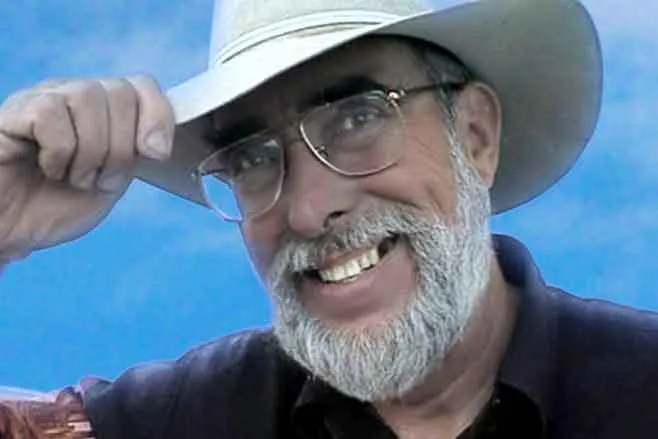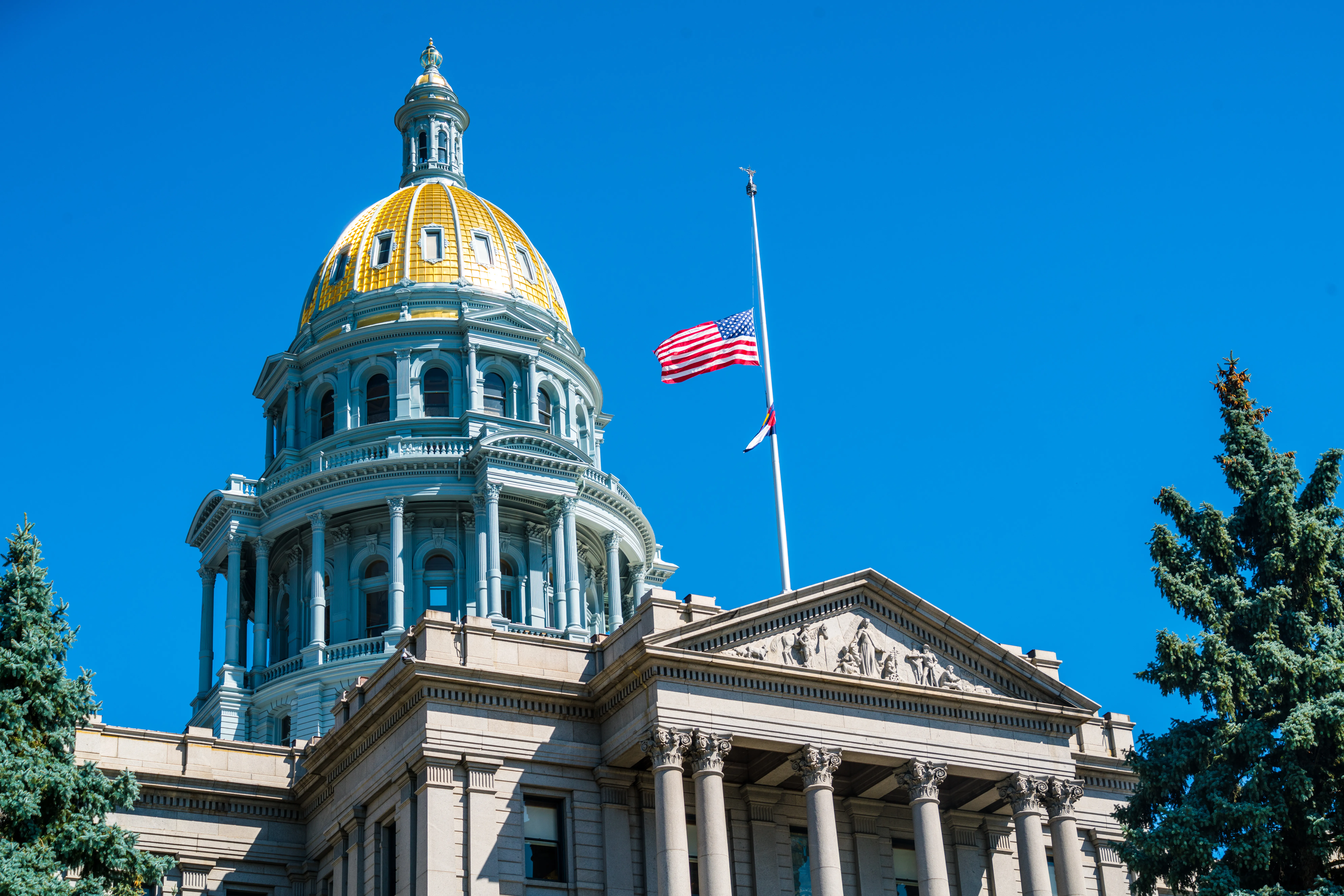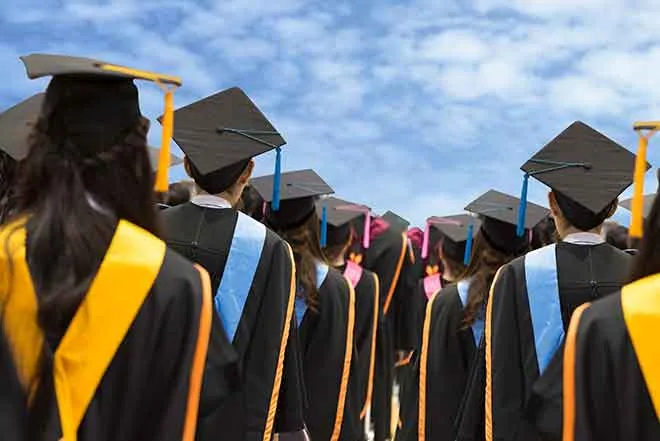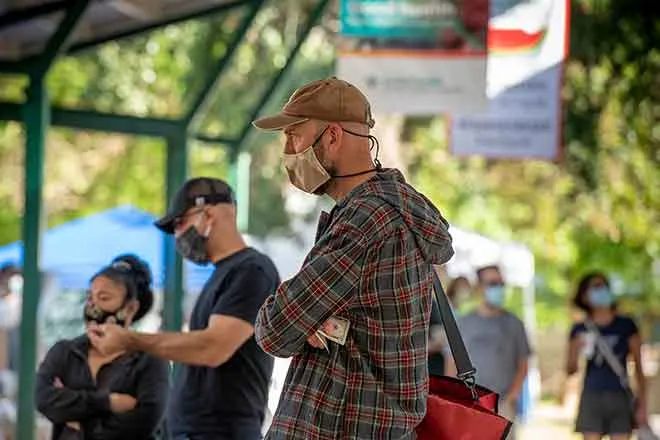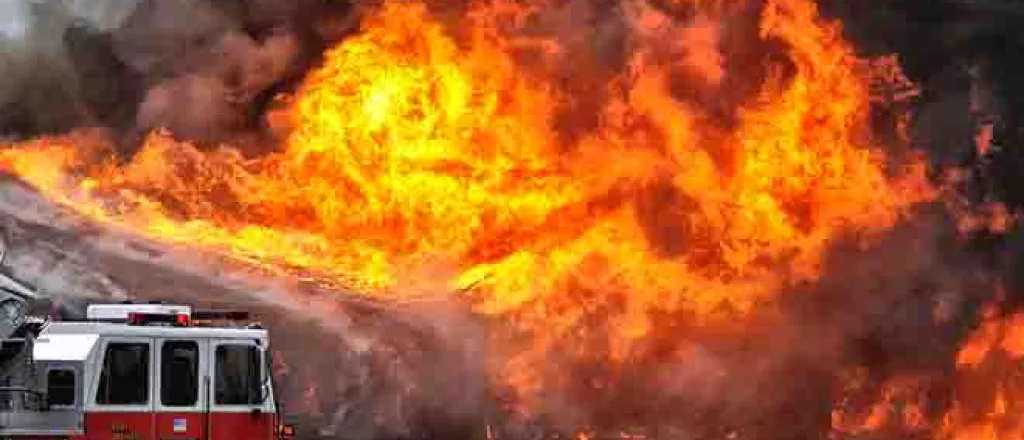
Marshall and other wildland-urban fire disasters not actually wildfire problem
Click play to listen to a version of this article.
(Colorado News Connection) Consider several of the most devastating fire disasters of the last century. In August 2023, the wildfire-initiated urban conflagration of Lahaina, Hawaii, damaged or destroyed more than 2,200 structures and killed 98 people. In December 2021, the Marshall Fire sparked conflagrations in Superior and Louisville, Colorado, destroying 1,084 structures and killing two. In September 2020, the Almeda Drive Fire in the communities of Talent and Phoenix, Oregon, destroyed 2,600 homes and killed three. In November 2018, the Camp Fire initiated ignitions in Paradise, California, destroyed 18,804 buildings, and killed 85. In November 2016, fires spread through Gatlinburg and Pigeon Forge, Tennessee, destroying 2,460 structures and killing 14.
These fire disasters burned in vastly different environments. But all had human causes (power lines contributed to at least three), were near communities, occurred during extreme wind events, then inflicted their damage as urban conflagrations. Almost all destruction occurred within the first 12 hours after ignition. These fires immediately overwhelmed wildland and structural firefighting efforts, which were largely ineffective during the initial and extreme phase of the fire. Further, all these fires occurred since 2016. It’s clear that structures and whole communities were vulnerable to ignition and burning—irrespective of what initiated the fires.

Society largely regards the wildfire problem as the destruction of human communities. Collectively, disaster fires, such as those mentioned here, have been lumped into a category of wildland–urban interface fires. These problem fires were defined as an issue of wildfires that involved houses. In reality, they are urban fires initiated by wildfires. That’s an important distinction—and one that has big repercussions for how we prepare for future fires. To date, these repercussions have not received enough attention.
The Right Framing
Community fire destruction has become a national crisis, a systemic problem that will only worsen without aggressive, appropriate intervention—and this intervention will have to look far different than the current dominant paradigm. Climate change is blurring the boundaries that had defined where, when, and how fires burn (1). The needed changes will challenge ideas, institutions, and policies. The first step: reframing, from a focus on the wildlands to one centered on the structure and its immediate surroundings.
To effectively address this urban conflagration crisis requires that we fundamentally redefine the WU fire problem. Calkin et al. (2) developed a community wildfire risk framework that starts with a focus at the individual home level and identifies realistic objectives, effective mitigations, and responsible parties to reduce WU fire risk. The framework highlights the critical role of individual homeowners and local government, while recognizing that the traditional federal and state land-management agencies with responsibilities for wildland fuels management and suppression response have limited impact on community destruction. However, many of the recent investments to address wildfire risk to communities, such as the Bipartisan Infrastructure Investment and Jobs Act of 2021 and the Inflation Reduction Act of 2022, are primarily directed toward fuel treatments in natural areas governed by public land-management agencies.
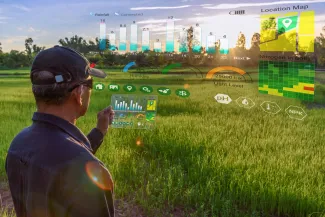
The wildfire management system’s default response is to suppress wildfire wherever and whenever possible, with few exceptions (3). It extends an urban fire service model into the wildlands. With fire exclusion as the primary solution to both community and wildland protection, risk reduction translates to fire suppression and landscape fuel reduction. As wildfire losses increase, the assumption that community protection should be a primary focus of federal wildfire management efforts has become entrenched within both agency culture and federal legislation.
But even as wildfire suppression costs and use of technology have skyrocketed, we are experiencing more damaging urban fires. Clearly, the answer to community adaptation resides in the communities themselves (2, 4), and until the WU fire problem statement is redefined to recognize the key role of structure ignition and focus on creating ignition-resistant communities, risk-reduction strategies will continue to be ineffective and insufficient.
The Right Response
In 2022, the US Forest Service released the Wildfire Crisis Strategy, outlining an ambitious goal of treating an additional 20 million acres of US Forest Service land and 30 million acres of other federal, tribal, state, and privately owned land “to address wildfire risks to critical infrastructure, protect communities, and make forests more resilient” (ref. 5; see also ref. 6). While federal land-management agencies—primarily the US Forest Service and Department of Interior—have been tasked with wildfire risk reduction, most wildfire ignitions are caused by humans and occur on private lands (7), including those that destroy a majority of structures in the western United States (8). Furthermore, what has often been considered a western United States issue has now come to the fore in locations with limited wildfire experience, such as Gatlinburg, Tennessee, and Lahaina, Hawaii, thus creating additional challenges. As a result, actions on private land are essential to achieving fire-adapted communities across the country.
The community disaster sequence occurs when more homes are ignited than responders can protect (Fig. 1). Once structures are burning in a community, they become sources of lofted embers, radiant heat, and flame contact. Thus, community fire growth can accelerate quickly, resulting in urban conflagration that’s exacerbated in higher-density development due to structure-to-structure fire spread. Reducing the likelihood that a home will ignite interrupts the disaster sequence by enabling effective structure protection. New construction siting, design, construction materials, and landscaping requirements should take wildfire potential into account. This will improve community resilience and ensure that new development does not increase community risk. The best way to make existing wildfire-vulnerable developments ignition resistant is to work within the limited area of the “home ignition zone”—a home and its surroundings within 100 feet (which may include neighboring homes). There are ways to reduce home ignition risk. Homeowners should install nonignitable roofing materials and flame- and ember-resistant vents; clean gutters of flammable debris; ensure that wooden steps, fences, and decks do not directly contact a home’s flammable materials; and remove flammable materials immediately surrounding buildings and under attached decks (9–11).
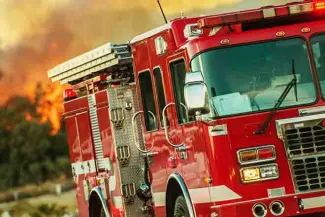
© iStock - welcomia
Initiating substantial changes to the built environment requires that all levels of society address deeply rooted cultural expectations and develop a fundamentally new paradigm for community and homeowner responsibility. Such changes will take time. Communities need robust evacuation planning, including resilient early warning systems, identification and enhancement of egress routes, and consideration of support for individuals with mobility difficulties that all recognize the complexity of individual decision-making during emergency events (12). The community disaster sequence typically occurs during extreme wind events; thus, ignition-prevention programs should address infrastructure resilience and human behavior under these conditions.
Unfortunately, many communities and local governments often lack the resources, budget, staff, and experience to implement and maintain parcel- and neighborhood-level risk-reduction measures. The practice of modifying the built environment to growing wildfire risk requires multidisciplinary understanding of wildfire behavior, structural ignition vulnerabilities, urban resilience, and landscaping vegetation. Such know-how is not intrinsic institutional knowledge for public land-management agencies. As such, an appropriate response may resemble public health measures, where protecting the host from infection (home ignition prevention) is emphasized over trying to eliminate the infectious agent (wildfire).
Community leaders and locally elected officials are central to implementing effective wildfire mitigation strategies. And these leaders require significant technical assistance and financial support from federal and state levels. They need administrative mechanisms to direct funding and technical assistance to communities; this will require enhanced interagency coordination among federal and state-level departments, which can administer resources to local jurisdictions. Initial efforts in California, Colorado, and Oregon are structuring home ignition mitigation programs on this model, with the underlying objective of delivering funding, support, and expertise to communities and individual residents (13–15).
A New Perspective
All such projects and reforms must recognize an important truth: The current wildfire management approach has inverted the wildfire problem. wildland fires do not, per se, encroach on communities. Rather, it’s communities that have impinged on wildlands, where fires play an important ecological role. Predominant strategies continue to apply limited, risk-averse reactions that emphasize community protection at the expense of both resilient landscapes and safe, effective wildfire responses. Forward-looking ecological and practical thinking would help move communities away from continually degrading fire-adapted ecosystems and underinvesting in community resilience. Instead, this change in thinking will move toward a sustainable approach that consistently promotes ecological and human ecosystem benefits.
Communities and governments need to accept living with wildland fire. They must recognize that fire in the wildlands is ecologically appropriate and inevitable—and it does not significantly influence community fire destruction (16). To do this, we must communicate differently on the nature of the WU fire problem and the ecological necessity of wildland fire. We must empower our public land managers and tribal partners to utilize fire appropriately to sustain resilient ecosystems and adapt our communities to this natural reality.
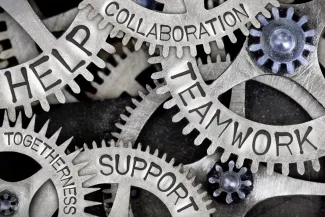
Inasmuch as people and communities are implicated in the wildfire problem, so, too, are they part of the solution. Federal land-management agencies cannot resolve this crisis alone; we all have a role to play in reducing wildfire risk in the places we live. Stronger collaboration in public and private partnerships, such as those that increase alignment between insurance providers, residents, and local and state governments, could further encourage and incentivize risk-reduction measures at the individual parcel and neighborhood scale.
The Wildfire Partners Program in Boulder County, Colorado, offers a model for an integrated approach to wildfire mitigation. It supports homeowners in reducing risk on their property by local government providing technical and financial support, including individual home assessments, vulnerability reports, and grants to subsidize necessary work, while offering a platform where insurance providers actively engage with homeowners to retain coverage on mitigated homes (17). This interdisciplinary approach builds wildfire resiliency from the bottom up and helps temper the expectation that the federal government is exclusively responsible for community protection.
Wildfire risk is complex, and local context matters. The ability to adapt reflects the realities, resources, and diverse needs of any one community. Effective solutions must account for localized nuance (18). Federal and state administrations can help direct funding, assistance, and technical expertise for wildfire mitigation. Communities with high social vulnerability will likely need additional support.
The recent addendum to the “National Cohesive wildland Fire Management Strategy” (19) specifies an important goal: “Human populations and infrastructure are as prepared as possible to receive, respond to, and recover from wildland fire.” Achieving this vision means confronting the failed approach of trying to remove fire from our landscapes. We must recognize that our communities were developed in a climate and environment that no longer exist. We have the tools and knowledge to reduce community wildfire risks. But we must address the profound and deeply rooted misalignment of political and social expectations regarding what it means to live with wildfire. Now is the time to invest in long-term, economically efficient solutions, rather than short-term, risk-averse tactics.
We have to live with wildland fire. We don’t have to live with fire in our communities.
David Calkin, Kimiko Barrett, Jack Cohen, Mark Finney, Stephen Pyne, and Stephen Quarles wrote this article for the Proceedings of the National Academy of Sciences.

